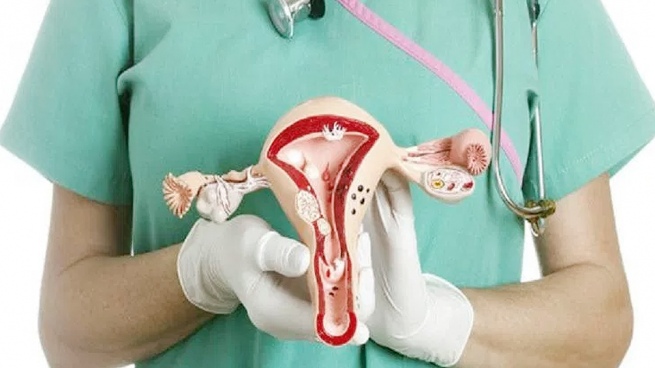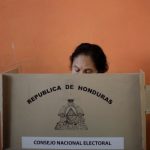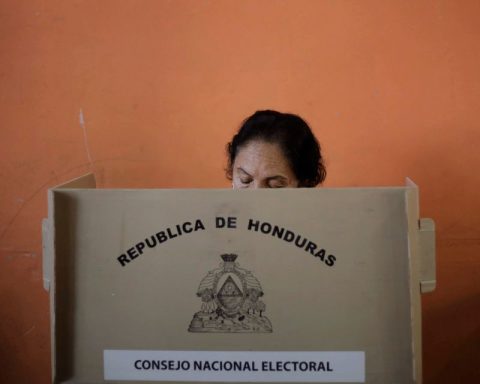Every March 26 marks World Cervical Cancer Prevention Day to raise awareness about the importance of getting checked and vaccinated. Cervical cancer is the third most common cancer in the female population in Argentina, after breast and colon. Its incidence and mortality depend on two important interventions: early detection and vaccination against the human papillomavirus (HPV).
The human papilloma virus is a necessary factor for its development, present in 99.7% of cases. For this reason, the risk factors for the development of cervical cancer are related to the risk of HPV infection. Among them we can mention:
* Early initiation of sexual intercourse
* Pregnancies in adolescence
* Multiple sexual partners
* Previous gynecological infections (mainly HPV).
* Multiparity
* Low socioeconomic status
* Little accessibility to preventive medicine
* Smoking
* Immunosuppression
What are the chances of having HPV?
Infection of the genital tract by the human papillomavirus is very common, approximately 8 out of 10 sexually active adults will have contact with the virus before the age of 50. There are more than 100 types of HPV, with around 14 being related to cervical cancer.
What is required for an HPV infection to progress to cancer?
High-risk oncogenic virus infection.
Persistence of infection
Progression to a precancerous lesion
Development of premalignant lesion to cancer
This sequence of events can take between 10 to 15 years, which usually gives us time to detect it early.
Does cervical cancer cause symptoms?
Early disease is, in general, asymptomatic, so it is very important to carry out the control indicated by the gynecologist. In some cases, it may be associated with bleeding during sexual intercourse and/or purulent or foul-smelling discharge, among other non-specific symptoms.
Can it be prevented?
Fortunately today we have two prevention strategies. Primary prevention consists of vaccination. There are currently 3 different vaccines that vary in the number of HPV types for which they provide immunity. None of them provide immunity against all types of HPV.
In Argentina, it was incorporated into the vaccination schedule in 2011 for all 11-year-old girls born after 2000, and in 2017 it was extended to all 11-year-old boys born after 2006.
Vaccination along with screening is expected to reduce mortality by approximately 33% by 2030.
Secondary prevention consists of methods for the early detection and treatment of the disease, also called screening or screening. These are the cervical cytology (Papanicolaou/PAP), the HPV molecular test and the co-test (PAP + HPV test).
There is an ongoing debate about which methods are preferable and how often to do it. It varies mainly according to the incidence of the disease, the infrastructure and the available resources, which differ both between different countries and between regions of the same country. In Argentina, the National Cervical Cancer Prevention Program (PNPCC) is underway under the Ministry of Health. In 2011, the HPV test was incorporated for use in some provinces. However, its availability remains limited.
From what age should we perform these tests?
Current guidelines suggest starting at age 21 or starting 3 years after the start of sexual intercourse. It is recommended to suspend it at 65 years of age, but it can be modified based on the results of previous controls and risk factors of each patient.
Is there treatment?
There are various treatments that depend on the moment in which the disease is diagnosed, so it is essential to carry out the indicated controls.
(Girotto (MN153172) is an obstetrician and gynecologist at Halitus Medical Institute)

















